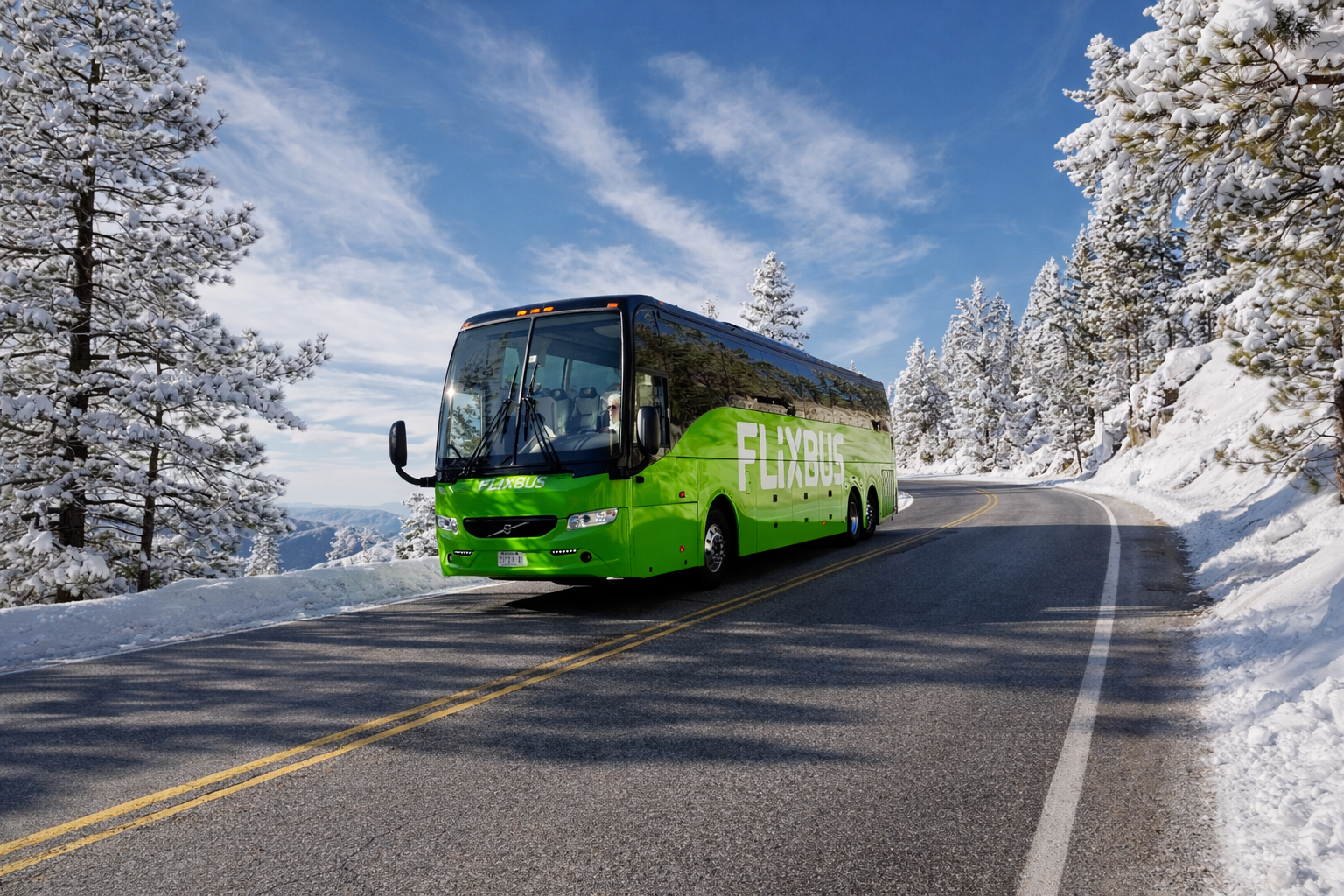Here's the thing about big transportation projects: Even the worst of them, the biggest stinkers, at the very least produce a few temporary construction jobs.
Take a flawed project like the replacement of New York's Tappan Zee Bridge, which Governor Andrew Cuomo wants to build without the transit component envisioned by the decade-long public planning process. A politician with extremely low standards for how public money is spent is likely to argue that the construction jobs alone are justification enough to plow ahead.
New York Assemblywoman Ellen Jaffee wrote in a recent op-ed that the state should rush forward this multi-billion-dollar gift to car commuters because "our community cannot afford to wait for new jobs."
But even as a jobs program, it's pretty lousy, writes Network blogger Cap'n Transit:
Not all employment programs are created equal. There are many ways to create jobs, including monetary policy, unemployment insurance and infrastructure spending. You could create jobs by rebuilding the Tappan Zee Bridge, but it's a wasteful and environmentally destructive way of satisfying that basic economic need.
On a basic level, you could pay people to dig holes and fill them up for years, and stimulate the economy that way, but some forms of stimulus are better and others are worse. For years, Smart Growth America has been highlighting data showing that government spending on mass transit projects creates more and better jobs per dollar than road projects.
If you want to create jobs in the Lower Hudson Valley, why not spend it rebuilding the old rail infrastructure? I bet that five billion dollars would be enough to rebuild the tracks on every train line that ever existed in Orange, Bergen and Rockland Counties, double-track them, lower the floor on the West Shore Line, and restore passenger service on all of them. Any leftover money could be spent rebuilding the Putnam Line and NYW&B in Westchester, or digging the Cross-Harbor Rail Freight Tunnel. Tons of good jobs there. No need to rebuild a bridge that has filled the area with sprawl and will only generate more sprawl.
Elsewhere on the Network today: Bike Portland asks if US Transportation Secretary Ray LaHood can honestly claim to be a proponent of livability while supporting the $3 billion monument to single-occupancy vehicles that is the Columbia River Crossing. Bike Friendly Oak Cliff explains that just two percent of Dallas's streets budget could build 100 miles of bike lanes. And Los Angeles County Bicycle Coalition reports that cycling is up 32 percent over three years.






